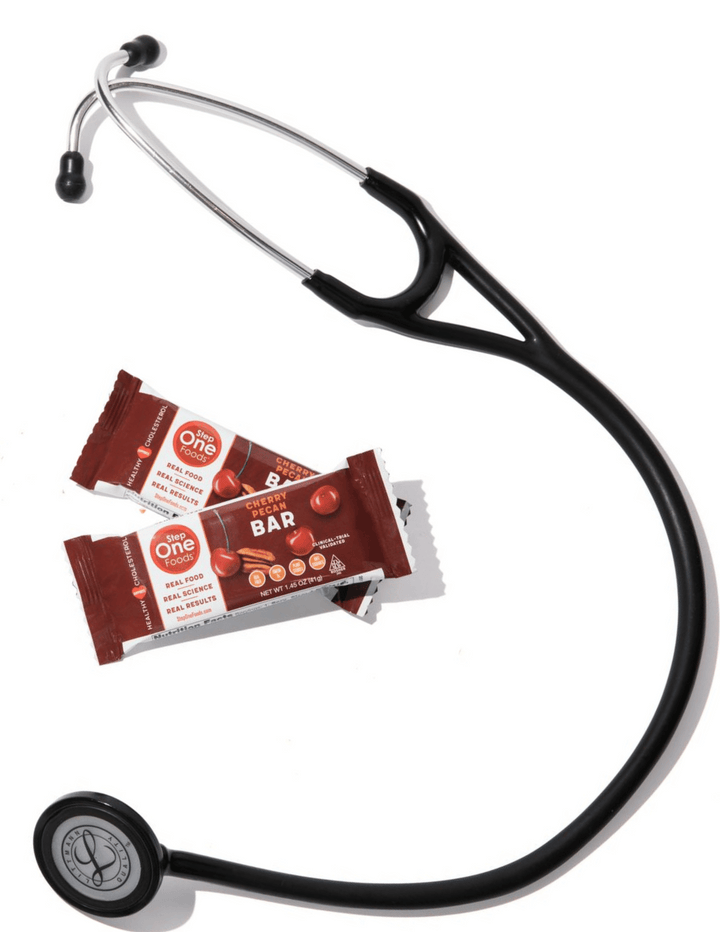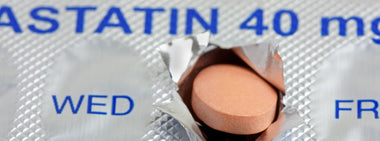The Medical Establishment’s Blind Spot

Cholesterol-lowering medications, particularly statins, are widely recommended to reduce cardiovascular risk. That risk can be estimated using a “calculator” which provides an estimate of a specific patient’s risk of experiencing a cardiovascular event over the next 10 years. A value at or above 7.5% indicates high risk and eligibility for statin therapy. Although that seems logical, the calculator is heavily weighted for age, meaning that nearly every man over 55 and every woman over 65 falls into the “needs statins” category.
So if you’ve been to the doctor’s office and they’ve told you you should be on statins even though you’ve never had heart issues and even though your cholesterol is not particularly high, this might be why.
This approach is not necessarily crazy. For example, the HOPE-3 trial, a five-year study involving over 12,000 patients, found a significant reduction in cardiovascular risk with lowered LDL cholesterol. Statins were associated with a 25% reduction in deaths and hospitalizations due to heart attacks and strokes over the trial’s duration. The results were so compelling that researchers recommended statins for nearly all patients resembling the trial participants.
Who Were the Participants?
The study included a diverse group of middle-aged and older men and women, representing various ethnic backgrounds. Representative of patients I see in my office day in and day out. Many participants were overweight and considered to be at moderate risk for developing heart disease. The average LDL reduction achieved through statins was 35 points, a significant improvement.
Here’s Where the Medical Establishment Lost Me
Despite the clear LDL-lowering potential of dietary changes, the researchers did not recommend any such lifestyle interventions. Instead, they suggested simply putting everyone on statins, overlooking the fact that diet changes could produce similar—if not better—results without the need for medication. After all, we have seen these types of LDL improvements in many individuals using Step One Foods. Yet nutrition and lifestyle weren’t even mentioned in their recommendations.
This approach makes little sense. Why use a drug to treat the downstream effects of diet, when you could tackle the root cause by changing what you eat? Statins may lower LDL cholesterol, but they won’t address other key risk factors for heart disease like weight, blood pressure, or blood sugar control. Meanwhile, food does all of that all at once!
The Better Solution
Although medications have a role, and may even be required in some circumstances, at Step One Foods, we believe in empowering people to take control of their heart health through nutrition. After all, not every ill needs to be solved with a pill.

Tested & Proven Results.
- Cardiologist formulated
- Supported by over 500 publications
- Clinically-proven, in a double-blind randomized trial with Mayo Clinic and The University of Manitoba
80% of participants lowered their cholesterol in just 30 days. With just two servings per day, Step One Foods offers a proven-effective way to naturally lower LDL (bad) cholesterol.
Get heart health tips and articles like this, delivered right to your email.
New articles every week.
You may also like...

Spring Into Heart Health: The Best Seasonal Foods to Eat Now

You don’t need to avoid foods with cholesterol…except for these



